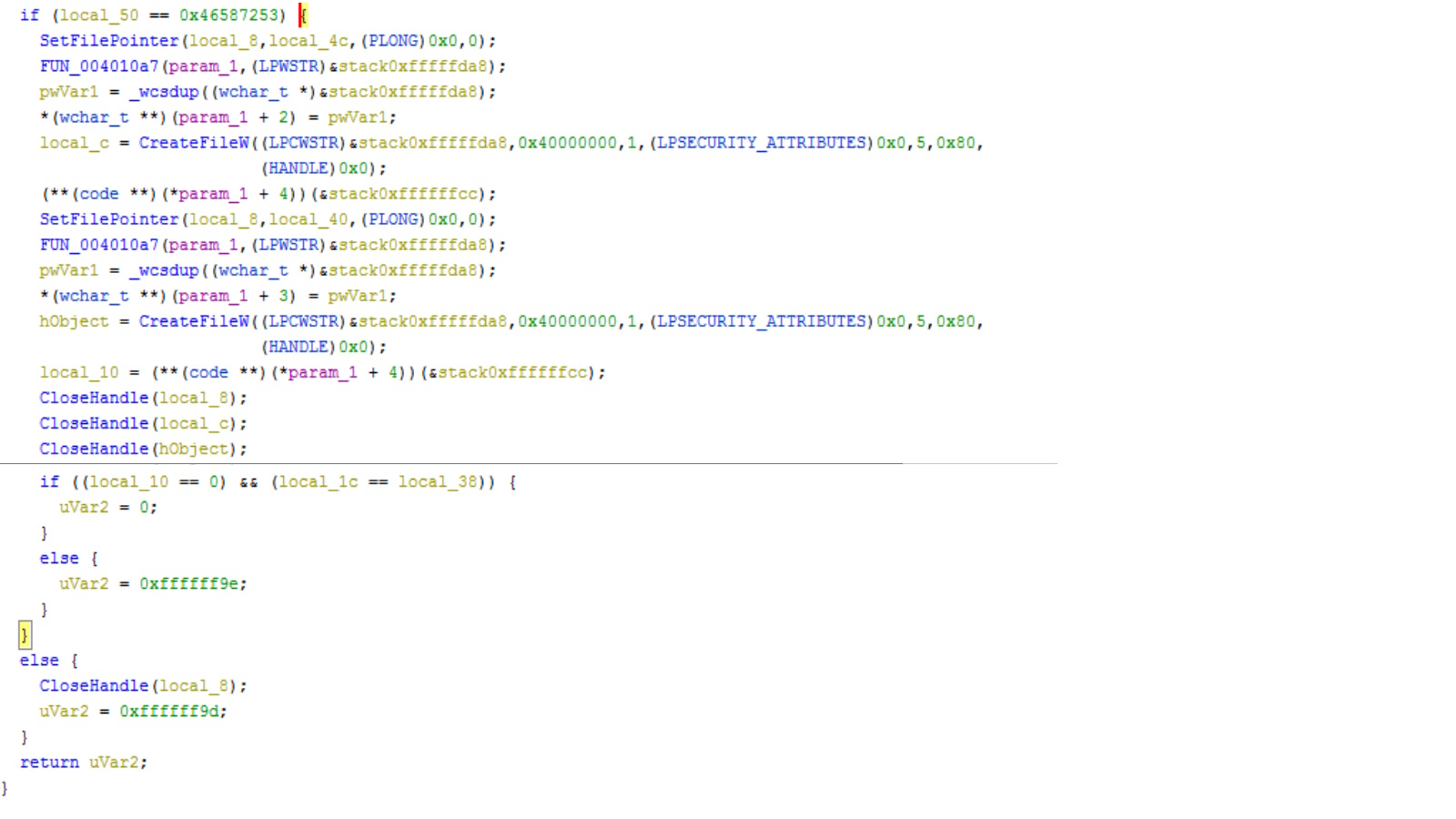Reverse Engineering a Keylogger

Overview
This was a breakdown of the Ardamax keylogger. This was my final
project for my Reverse Engineering class, downloading a known piece
of malware (mine was from theZoo), doing some analysis on it, and
writing a report about it. Using the tools and techniques we had
practiced throughout the semester, the goal was to just gain as much
insight as possible about the malware, like what files it created,
what registries entries it created, if it made any network requests,
what, if any, it's hidden functions were.
I can't post the full report with all screenshots, but I'll summarize it here:
I selected
an executable called Ardamax. It was a regular executable, it didn't
require any tools or dynamic analysis to unpack and decompile it. Looking
through Ghidra I mostly noticed functions imported form kernel32.dll
and user32.dll, mostly relating to reading and writing files, as well
as some UI. I wrote a breakdown of one function that allocated some memory
for a C++ objected, noted by the use of the new keyword as well as calling
functions offset from that memory address allocated for the C++ object
later on - member functions of whatever type that object is. Later in
the dynamic analysis I would discover this function was creating temporary
files to write data in chunks to. This was image data from a screenshot
the keylogger was taking. Once the log/screenshot was complete it would
rename it. The main executable created a registry key to launch it’s
logger at startup, and hid its executable in a hidden folder in the C:\Windows\SysWOW64
directory. It stored logs and full screenshots there. Removing the malware
was simple enough, just removing the registry key and deleting the hidden
logging folder was sufficient to stop it from causing any further damage.
There were no network requests made- so if used in a real scenario this
would likely be bundled with another form of spyware to retrieve that
data.